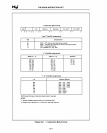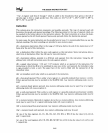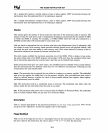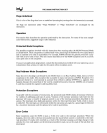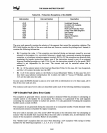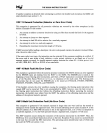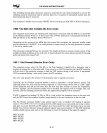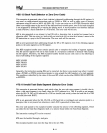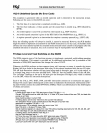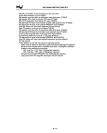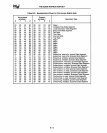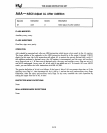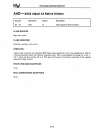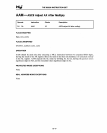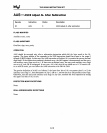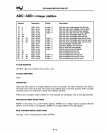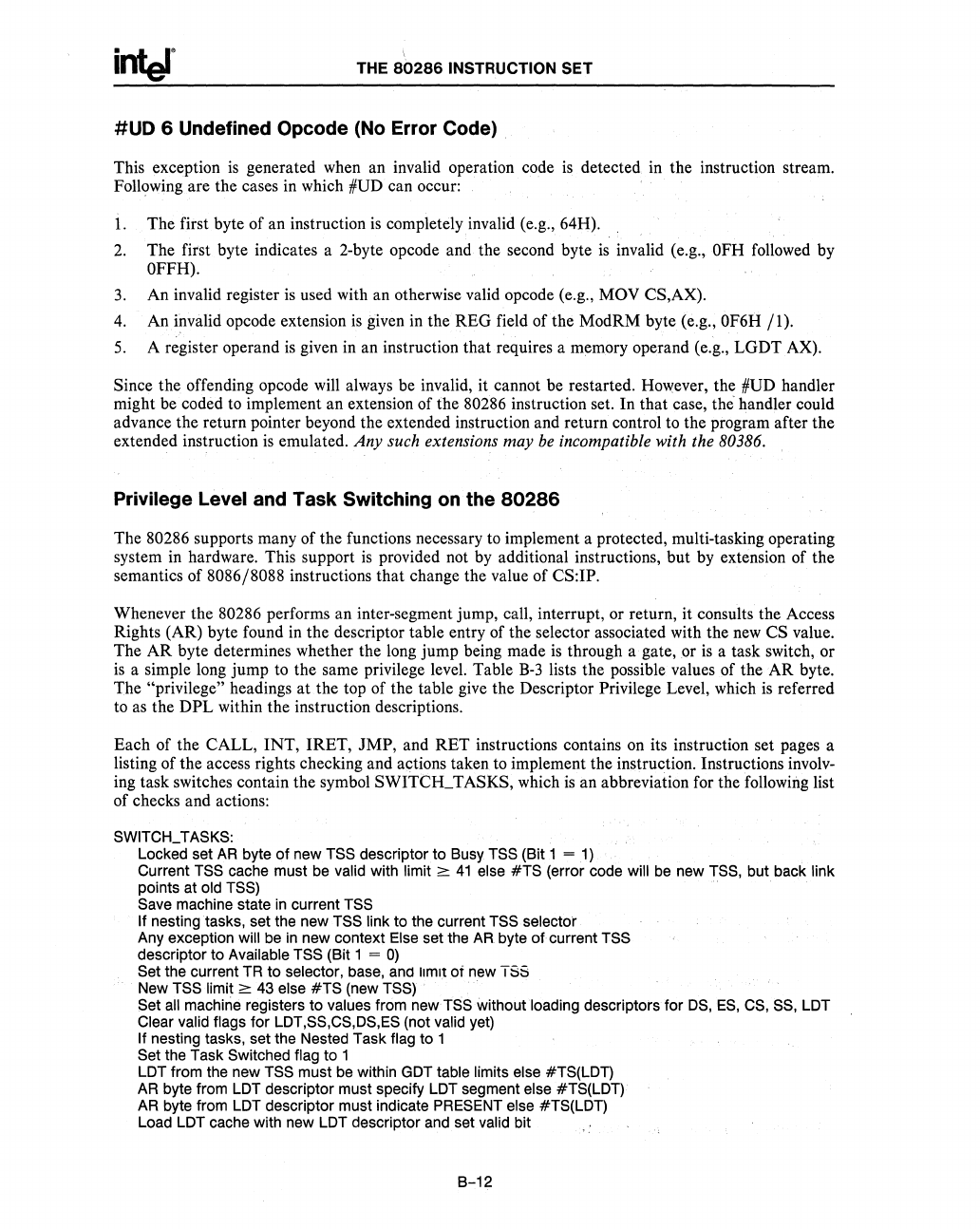
THE
80286
INSTRUCTION SET
#UD
6 Undefined Opcode (No Error Code)
This exception
is
generated when an invalid operation code
is
detected
in
the instruction stream.
Following are the cases
in
which #UD can occur:
1.
The first byte of an instruction
is
completely invalid (e.g., 64H).
2.
The first byte indicates a 2-byte opcode and the second byte
is
invalid (e.g.,
OFH
followed by
OFFH).
3.
An invalid register
is
used with an otherwise valid opcode (e.g., MOV CS,AX).
4.
An invalid opcode extension
is
given
in
the REG field of the ModRM byte (e.g.,
OF6H
/1).
5.
A register operand
is
given
in
an instruction that requires a memory operand (e.g., LGDT AX).
Since the offending opcode will always be invalid, it cannot be restarted. However, the
#UD handler
might be coded to implement an extension of the
80286 instruction set. In that case, the handler could
advance the return pointer beyond the extended instruction and return control to the program after the
extended instruction
is
emulated. Any such extensions may
be
incompatible with the 80386.
Privilege Level and Task Switching
on
the
80286
The 80286 supports many of the functions necessary to implement a protected, multi-tasking operating
system
in
hardware. This support
is
provided not by additional instructions, but by extension of the
semantics of
8086/8088 instructions that change the value of CS:IP.
Whenever the
80286 performs an inter-segment jump, call, interrupt, or return, it consults the Access
Rights (AR) byte found
in
the descriptor table entry of the selector associated with the
new
CS value.
The
AR
byte determines whether the long jump being made
is
through a gate, or
is
a task switch, or
is
a simple long jump to the same privilege level. Table
B-3
lists the possible values of the
AR
byte.
The
"privilege" headings at the top of the table
give
the Descriptor Privilege Level, which
is
referred
to
as
the DPL within the instruction descriptions.
Each of the CALL, INT, IRET, JMP, and RET instructions contains
on
its instruction set pages a
listing of the access rights checking and actions taken to implement the instruction. Instructions involv-
ing task switches contain the symbol SWITCH_TASKS, which
is
an abbreviation for the following list
of checks and actions:
SWITCH_TASKS:
Locked set
AR
byte
of
new TSS descriptor to Busy TSS (Bit 1 =
1)
Current TSS cache must be valid with limit;:::
41
else
#TS
(error code will be new TSS, but back link
points at old
TSS)
Save
machine state in current TSS
If
nesting tasks, set the new TSS link to the current TSS selector
Any exception will be in new context Else set the
AR
byte
of
current TSS
descriptor to Available TSS (Bit 1 =
0)
Set the current TR to selector, base, and limit of new
188
New TSS limit;::: 43 else
#TS
(new TSS)
Set
all
machine registers to values from
newTSS
without loading descriptors for
OS,
ES,
CS,
SS,
LOT
Clear valid flags for LOT,SS,CS,OS,ES (not valid yet)
If nesting tasks, set the Nested Task flag to 1
Set the Task Switched flag to 1
LOT from the new TSS must be within
GOT
table limits else #TS(LOT)
AR
byte from LOT descriptor must specify LOT segment else #TS(LOT)
AR
byte from LOT descriptor must indicate PRESENT else #TS(LOT)
Load LOT cache with new
LOT
descriptor and set valid bit
B-12



